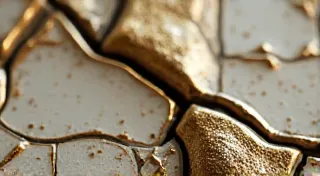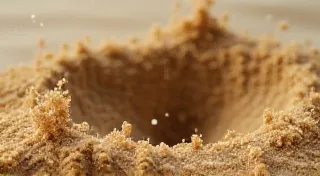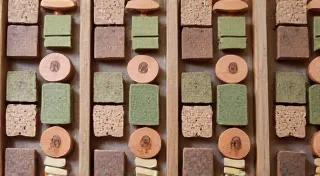The Weight of Silence: Dealing with Broken or Missing Clock Weights
There's a particular melancholy that descends when you open an antique grandfather clock and discover a missing weight. It’s more than just a mechanical problem; it's a tangible disruption of a silent history, a broken connection to the craftsman who meticulously assembled it over a century ago. These weights, often overlooked by the casual observer, are integral to the clock’s functionality, but they’re also quiet witnesses to generations passing. Their absence leaves a void, a weight of silence, that demands to be addressed.
I remember my grandfather's clock. A stately mahogany grandfather clock, a fixture in his home for as long as I could remember. It marked the rhythm of our family gatherings, chiming the hours with a comforting resonance. One day, while cleaning it, I noticed one of the weights was gone. A sense of dismay washed over me, not just for the broken functionality, but for the feeling of something lost. It felt like a piece of my grandfather’s legacy was missing.
Clock weights aren’s merely decorative elements. In most grandfather clocks, they are essential for the escapement mechanism to function correctly. The downward force of the weights, carefully controlled by the escapement, provides the energy needed to drive the clock's intricate gear train and ultimately move the hands. Different clocks utilize different numbers of weights, typically ranging from one to three, each contributing to a different aspect of the clock's operation – timekeeping, chime striking, and sometimes, the Westminster chimes.
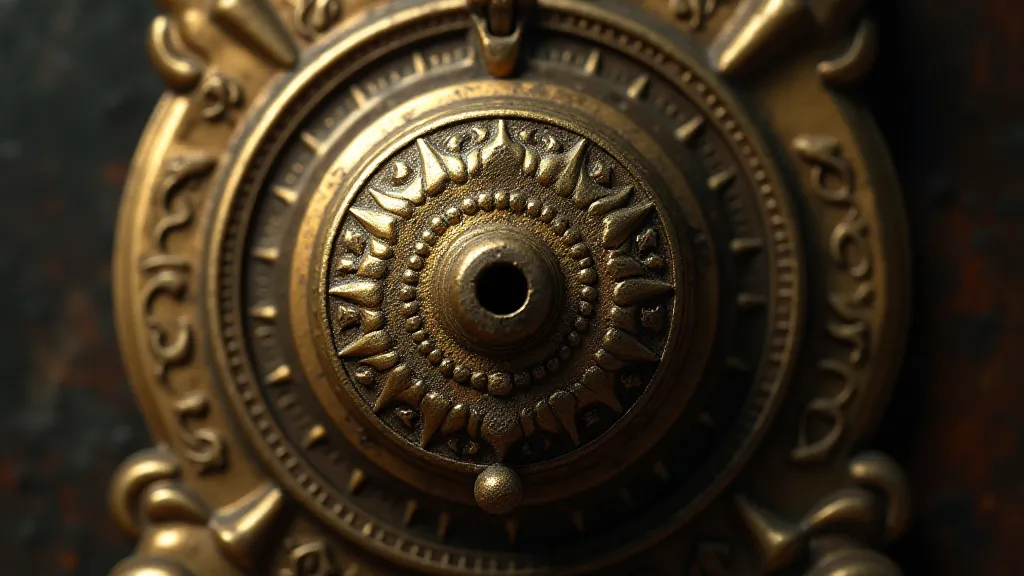
Understanding Clock Weight Types and Materials
Before embarking on a search for a replacement or considering repair, it's crucial to understand the different types of clock weights. Typically, you'll encounter three primary kinds:
- Time Weights (or Standard Weights): These are usually the longest and heaviest and primarily responsible for powering the clock’s timekeeping function.
- Chime Weights: Shorter and often lighter than time weights, chime weights are dedicated to powering the chime mechanism. They often have a distinct appearance, sometimes with a small hole drilled through them to reduce weight.
- Westminster Chime Weights: These are often used in clocks with Westminster chimes and can have a unique configuration.
The materials used in clock weights also vary. Iron was the most common material, particularly in earlier clocks. Brass weights are less common but signify a higher level of craftsmanship and were typically found in more expensive clocks. Some weights were also coated with a black lacquer to prevent rust, and remnants of this coating can often be found even after decades of wear. The overall aesthetic of these antique clocks can be dramatically affected by the condition of the case itself, and those seeking to fully restore their heirloom clock might find themselves pondering fractured facades and the delicate art of addressing imperfections.
The Search for Replacements: A Collector’s Quest
Finding a replacement weight isn't always straightforward. Reproductions are available, but they often lack the character and authenticity of an original. Many collectors prefer to locate an original weight, ideally one that’s period-correct for the clock. This can involve scouring antique shops, estate sales, online auction sites like eBay, and connecting with other clock enthusiasts and repair professionals. The stories attached to these clocks, and the often-unexpected places they've been, are a fascinating aspect of collecting. One might uncover a clock with a unique history, a moment frozen in time – as explored in Serendipity's Tick: The Stories Found in Unexpected Clock Discoveries.
When searching for replacements, pay close attention to several key details:
- Weight: The correct weight is vital for proper function. Too heavy, and the clock will run too fast; too light, and it will run slow.
- Length: The length must be compatible with the clock’s suspension.
- Diameter: The weight's diameter needs to fit comfortably within the clock's case.
- Markings: Some weights are marked with the clockmaker’s name or initials, which can provide valuable clues about the clock’s history and provenance.
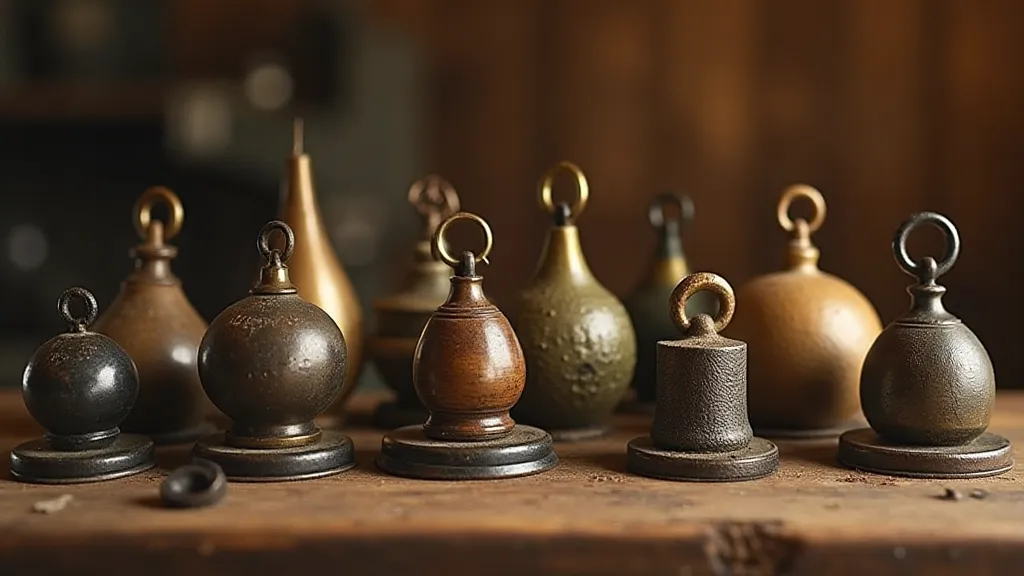
Repairing Broken Weights: A Delicate Task
Sometimes, a broken weight can be repaired rather than replaced. This is particularly appealing for weights with significant historical value or unique markings. Common types of damage include cracks, breaks, and corrosion. The repair process requires patience, skill, and specialized tools like epoxy, clamps, and sometimes, welding (for iron weights). It’s best left to experienced clock repair professionals, as improper repair can compromise the weight's structural integrity and affect the clock’s performance.
A crucial aspect of repair is ensuring that the repaired weight remains balanced. Even a slight imbalance can cause the clock to run erratically and potentially damage other components. The repair person must carefully assess the weight’s center of gravity and adjust the repair accordingly.
The Evolution of Clock Case Styles
The clock weights themselves are intrinsically linked to the broader design of the clock case. Throughout history, clock cases have undergone significant transformations, reflecting prevailing artistic trends and technological advancements. From the ornate carvings of the Victorian era to the streamlined forms of the Art Deco period, the evolution of clock case styles provides a fascinating glimpse into the changing tastes of each generation. Understanding this history can provide context when trying to match a weight to its original clock, knowing the aesthetic of the era it came from can be crucial. Examining the evolution of antique clock case styles can be an enriching experience for any enthusiast.
Restoring Original Finishes
Beyond the mechanical aspects of clock restoration, preserving the original finish is vital for maintaining the clock's aesthetic value. The color, luster, and texture of the finish contribute significantly to the overall appearance of the clock. Restoring the original finish requires specialized knowledge and techniques, as different periods employed different methods and materials. Improper restoration can not only damage the finish but also diminish the clock's historical significance. It’s a skill that requires patience, attention to detail, and a deep appreciation for the artistry of the original craftsman. The process of bringing these finishes back to their former glory is a delicate balance, as described in Chromatic Echoes: Restoring the Original Finishes on Antique Clock Cases.
The Emotional Resonance of Restoration
Dealing with broken or missing clock weights isn't just about mechanical restoration; it's about preserving a piece of history. These weights are tangible links to the past, silent witnesses to countless moments that unfolded within the homes where the clocks resided. Each scratch, dent, and imperfection tells a story of use, of time passing, and of lives lived.
I remember finally finding a replacement weight for my grandfather's clock. It wasn't an exact match, but it was of the correct period and function. As I hung it on the suspension, the familiar chiming sound filled the room once more. It wasn't just the sound of the clock working again; it was a restoration of a memory, a connection to my grandfather, and a renewed appreciation for the craftsmanship that brought this beautiful timepiece into existence. The weight of silence was lifted, replaced by a resonant echo of history.
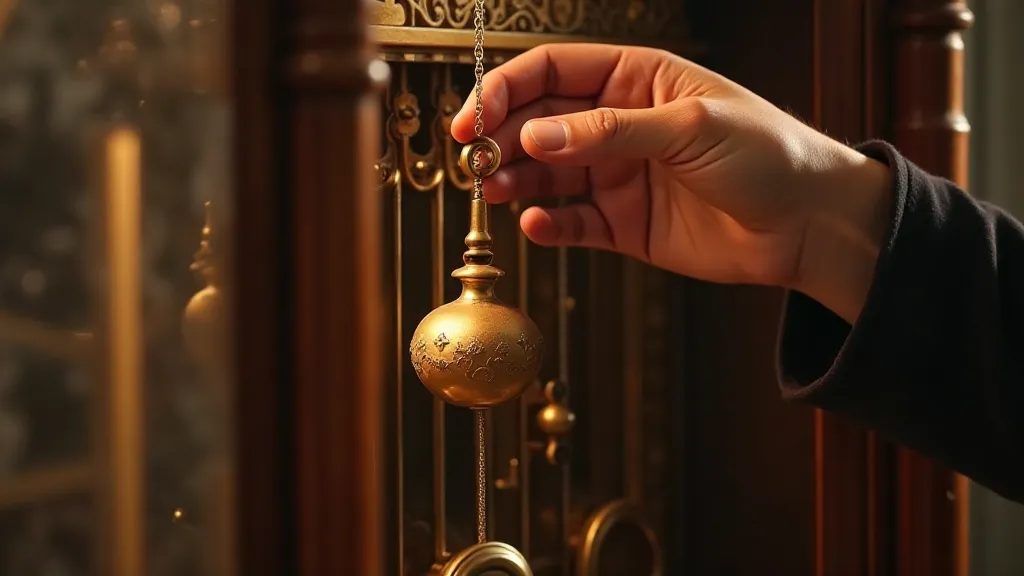
A Continuing Legacy
The care and attention we give to restoring antique clocks, and particularly their weights, is a testament to our respect for the past and our commitment to preserving these remarkable creations for future generations. It's a process that connects us to the artisans who crafted them, the families who cherished them, and the enduring power of time.
